Writer: Björn Erik Gustavsson
After a morning walk through a cool but spring-green Gothenburg, eight hours later I am in a minibus heading east from Marrakech ... The heat is pouring over the parched plain, here and there you can see shepherds, flocks of sheep, heavily loaded donkeys ...
Table of contents
On the ground in Morocco
In the evening, I drink mint tea on the terrace of the vaulted mud house I will now live in - high up in the Atlas Mountains and with a nature that makes me remember the western series High Chaparral.
At dusk, beautifully modulated calls to prayer are heard from the neighbouring minaret. "Allah ekbar"... Then darkness falls, in just a few minutes - and in the magnificent silence, the starry sky now arches ever more powerfully over the mountain massifs. To the west: a golden yellow crescent moon, resting on its back.
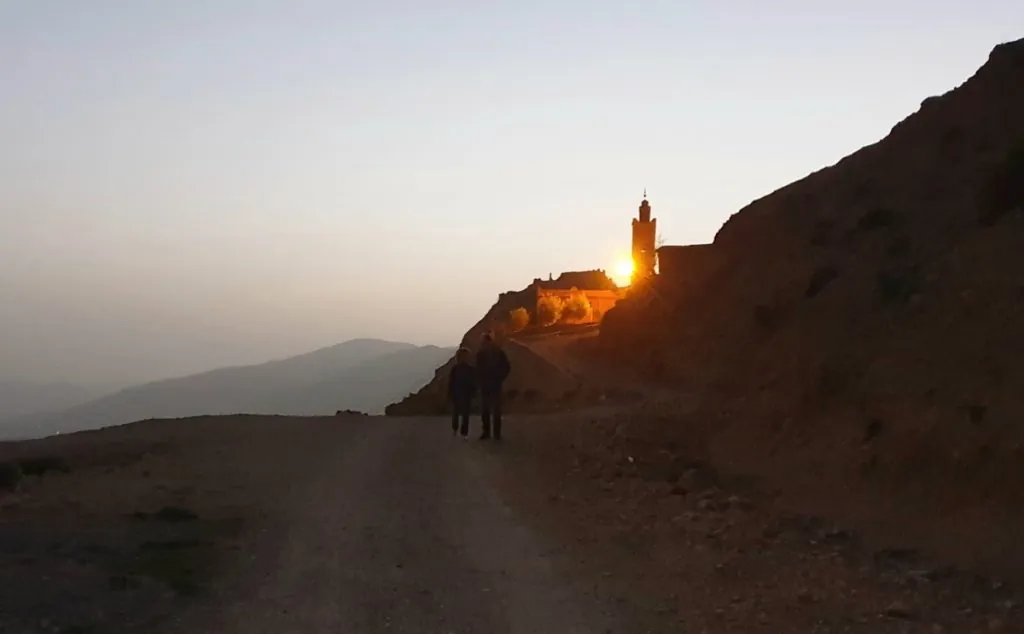
I will be staying in this newly built eco-village for a week - together with eleven other Swedes. We were picked up yesterday in Marrakech by our Swedish hosts, Micke and Marlene. Now a series of adventures await us in this mountainous area, inhabited by Berbers, North Africa's indigenous people, with their own language and culture.
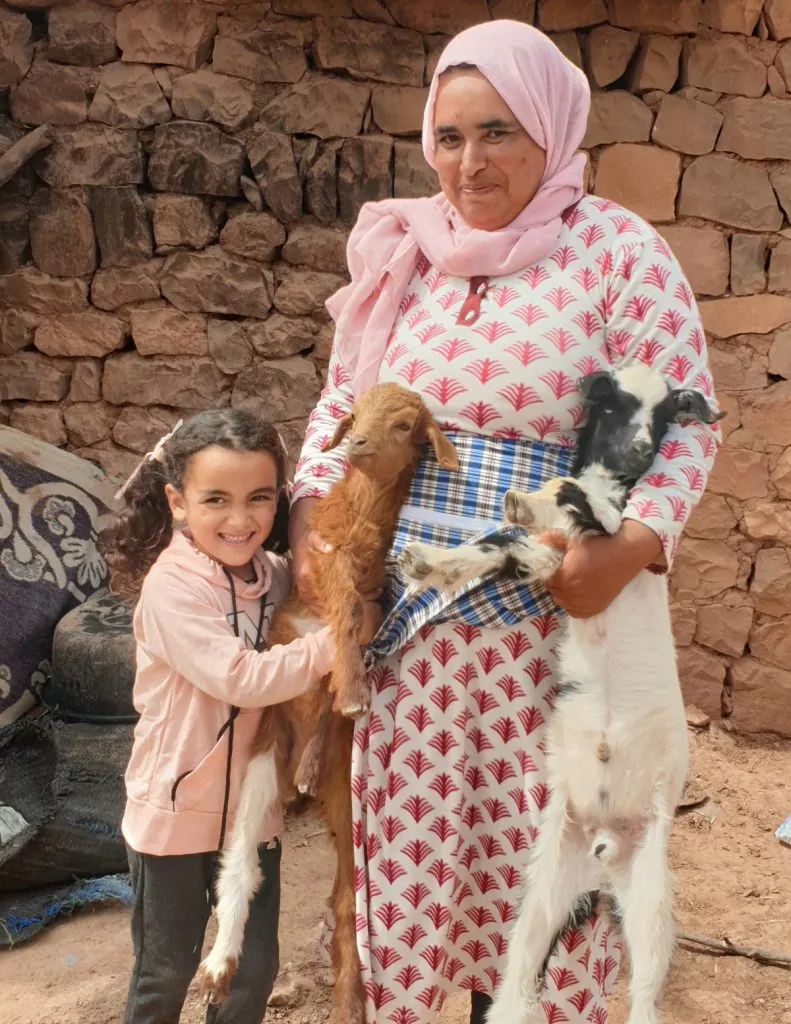
The majority still live in primitive conditions, many without roads, running water or electricity. The region is one of the poorest in Morocco. Half are illiterate, unemployment is widespread. Private cars are almost non-existent.
You can ride donkeys - still the most common means of transport - or hike along centuries-old trails that branch out everywhere in the high-altitude, semi-desert landscape, filled with breathtaking multi-mile vistas.
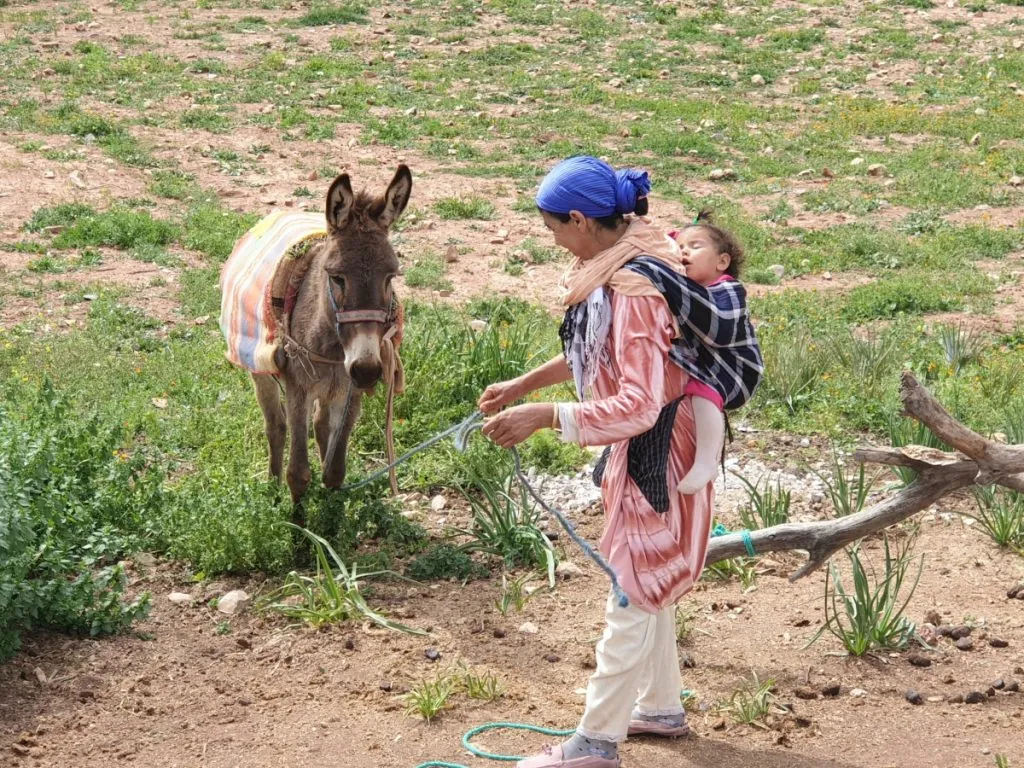
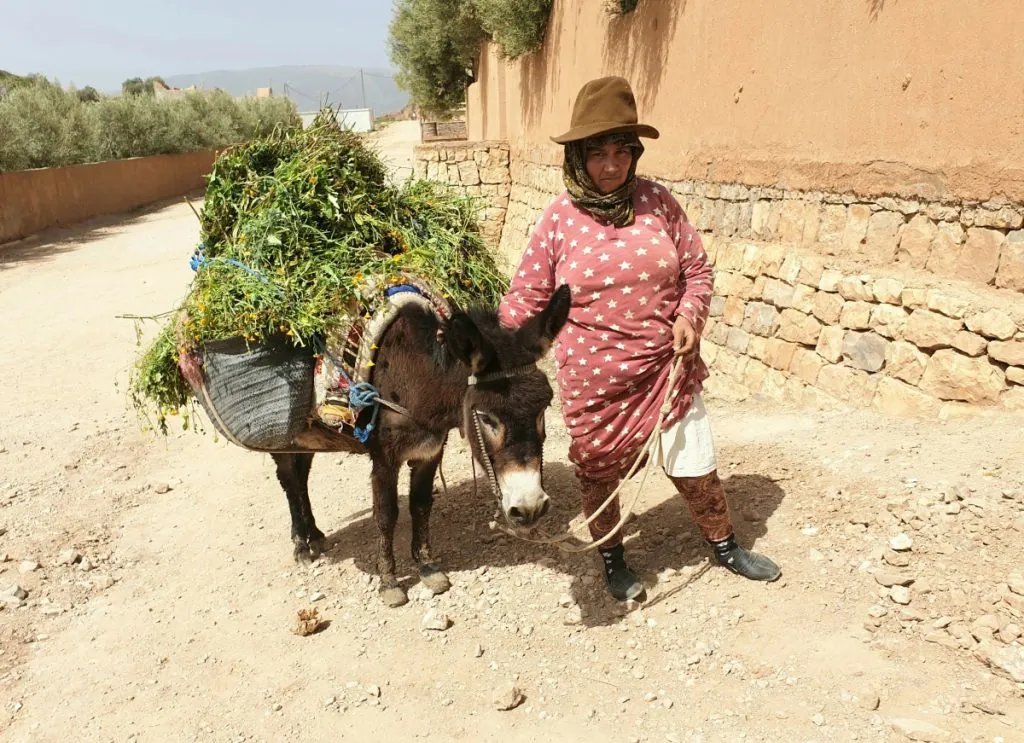
Mass tourism is long gone, life goes on as usual. It's like being thrown far, far back in time. I meet a shepherd who, with staff in hand, guards his sheep and sleeps out in the open at night ...
Two men with donkeys - laden with meadow grass and mint sprigs - meet and stand talking ... At the stream below the eco-village, women gather to wash their hands using rattletraps, and in the nearby thickets, monkeys hop around ... On the rocks of the small rapids, turtles glare at the blazing sun ... In the evenings, fires are lit to cook, and everywhere children are playing ...
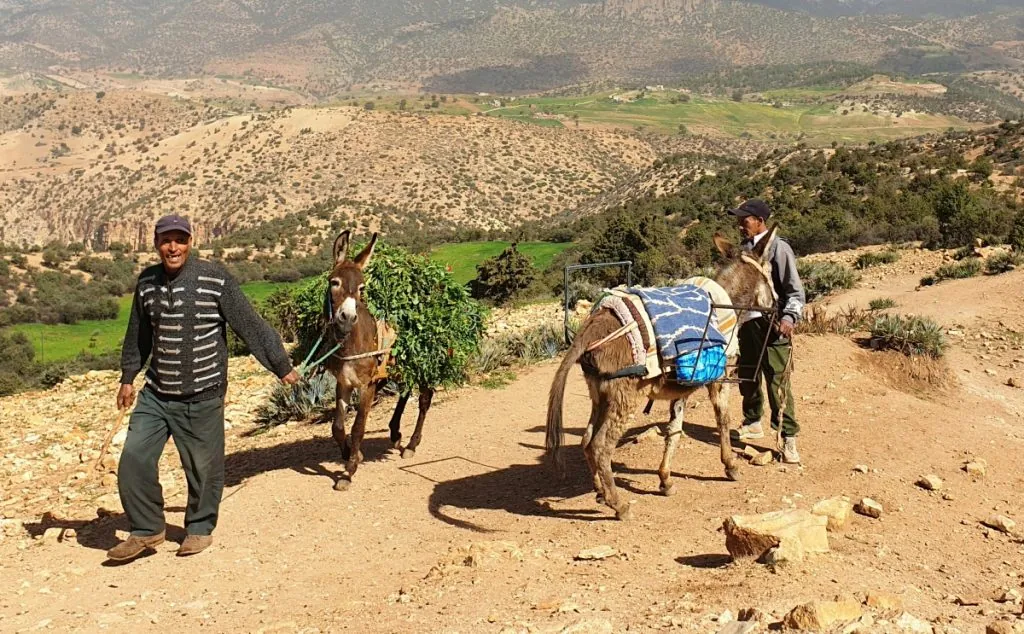
Ait Chribou - a newly built eco-village
The place is called Ait Chribou, a newly built eco-village owned by a couple from Värmland, who live there themselves in winter and then receive weekly tourist groups of up to twelve people. Here is a unique opportunity to meet the ancient Berber culture. The aim of the eco-village is to allow guests to experience the genuine Berber culture and, via an interpreter, to gain an in-depth insight into living conditions here in the mountain villages, many of which are located without roads.
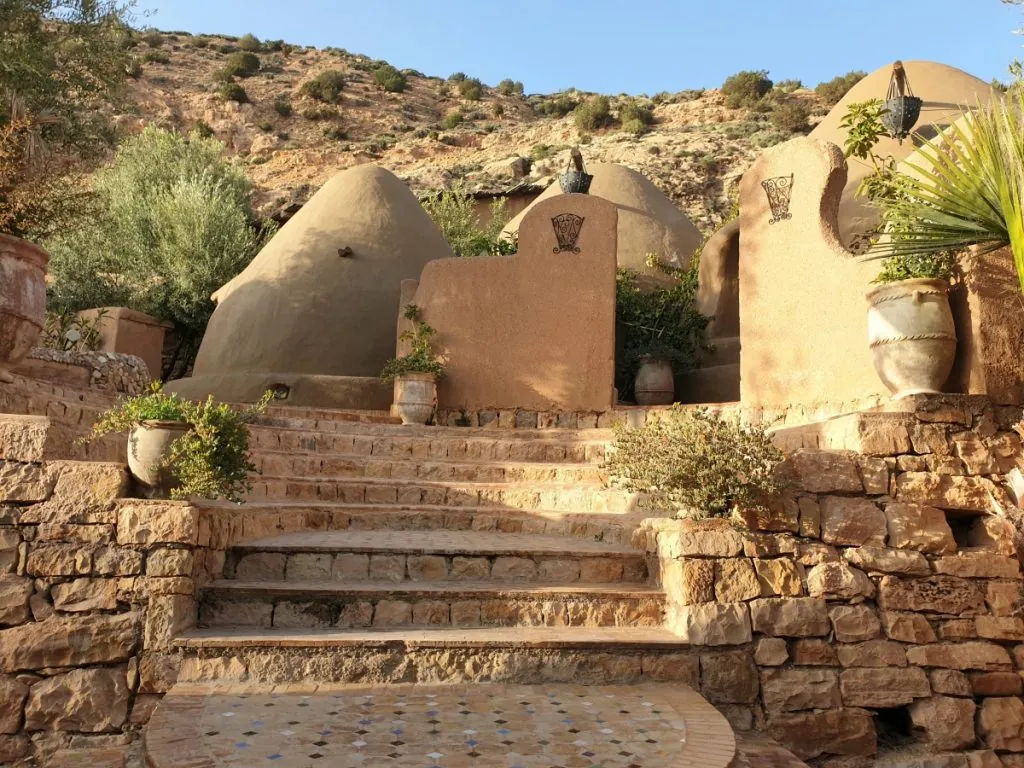
Very few Westerners visit this part of Morocco. Villagers in Ait Chribou have long believed that the tourist groups were in fact relatives and friends of the Swedish couple. For most, tourism is an unfamiliar concept.
-"What pleases me most is that the locals have started to open up and are really curious about the guests and about us," says Marlene. "They want to talk, they want to invite us home for tea, they wave and they want to work for us. It's been so much fun to be part of the local community here.
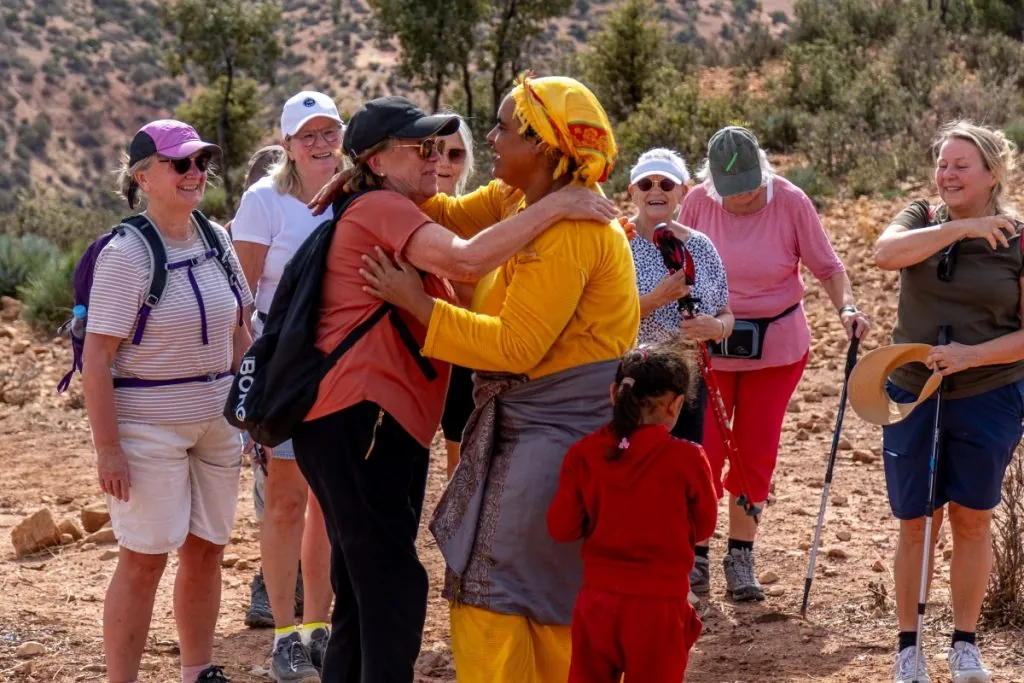
Several of the Swedish guests have praised their experiences here. Marlene explains: "Their pulse slows down, they live in the present, they get a lot of thoughts about what's important in life and they think it's quite unique to come to a place that is completely unexploited in terms of tourism."
I leaf through the resort's guest book - and find many reviews in high tones: "Genuineness and love have a face in Ait Chribou. Marlene's and Micke's hospitality is so good that you don't want to leave them. The locals are so good and happy that you feel the love."
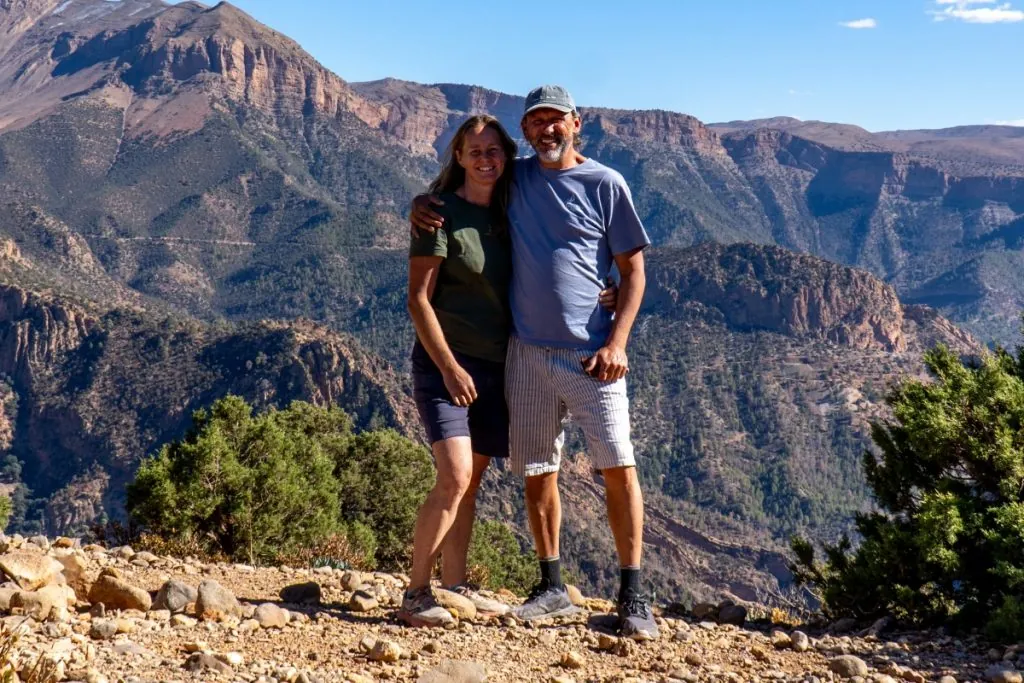
The eco-village consists of a charming cluster of peaked little mud houses (à la Elsa Beskow's Hattstugan), built by local craftsmen and with lots of trees and flowers between the buildings. At the top, there is a communal outdoor terrace with a restaurant and lounge in traditional Moroccan style. The seven-hectare plot also includes an olive grove, fruit trees and all kinds of crops. The eco-profile runs like a red thread through everything.
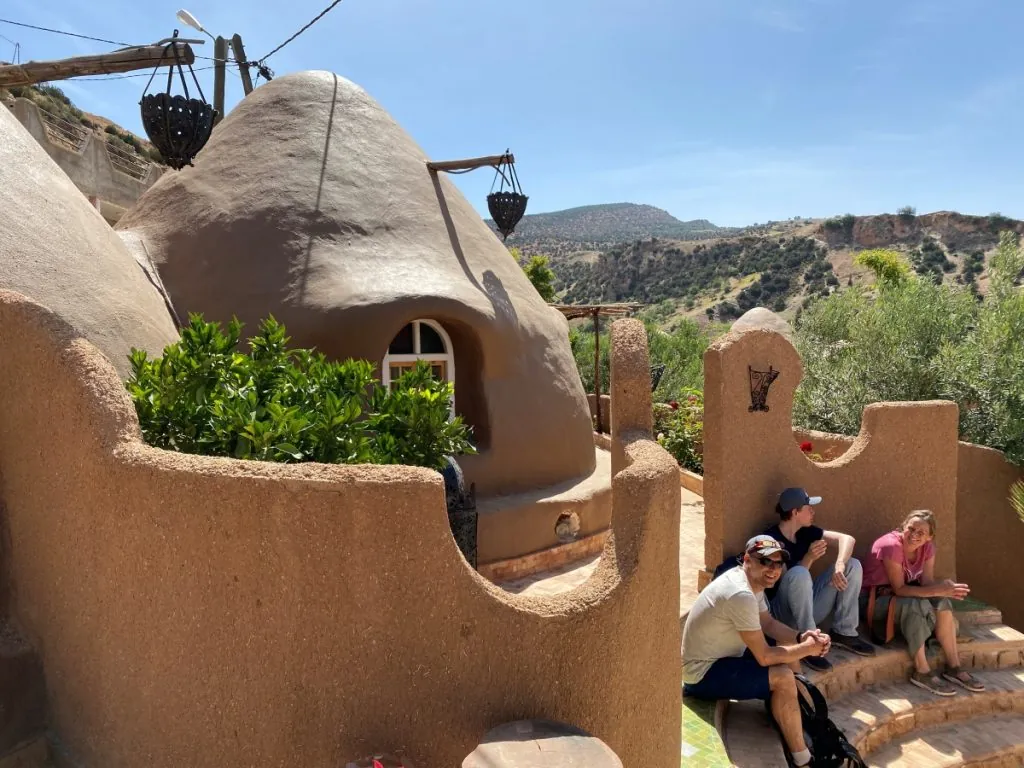
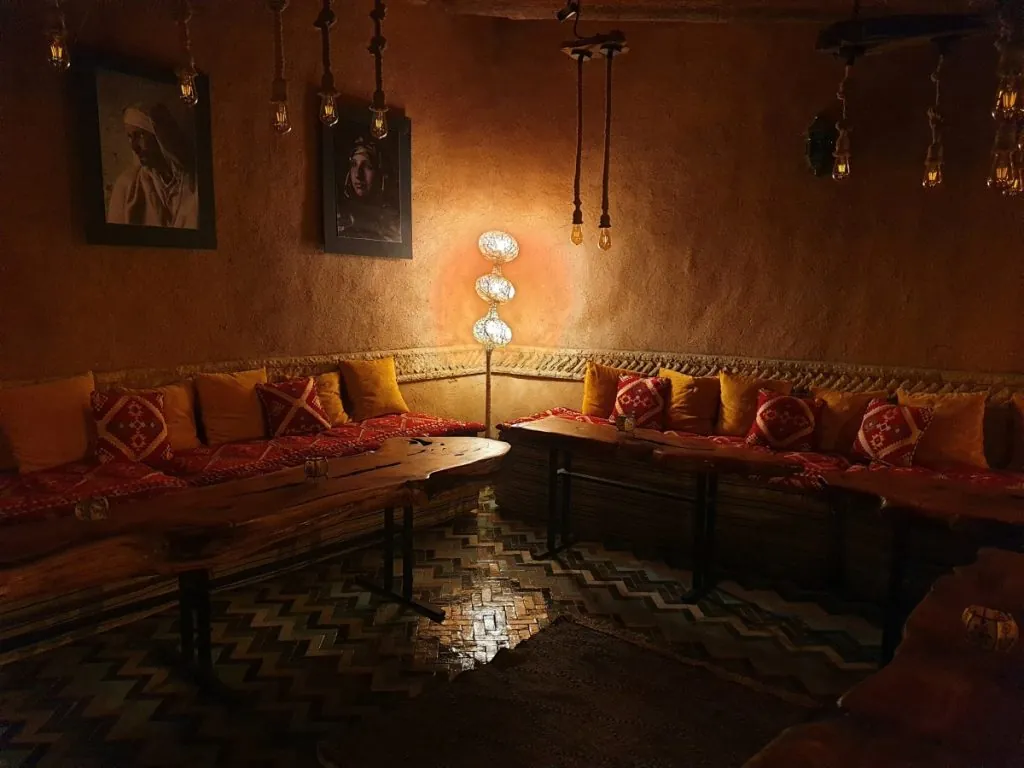
"Our goal is to be self-sufficient one day," says Micke. "To produce our own electricity and food in five to seven years.
-"I envisage that we will eventually run the facility for four months a year and that small groups will visit us to take part in what we have created in the ecology, but also to discover the Berber culture and the fantastic nature here in the Atlas Mountains.

A visit to the eco-village - as a tourist
For a visit to the eco-village, which includes pick-up at Marrakech airport, you can choose either a seven-day eco-village programme or a combination of five days in the eco-village and two days in the Moroccan provincial capital.
Marrakech's main attraction is the labyrinthine inner city, the medina, now a UNESCO World Heritage Site with a 12-kilometre-long city wall around it. At the heart of this fairytale Arabian Nights world is the colourful Dheja el-Fna square, a marketplace surrounded by French colonial-style cafés and an exotic crowd that includes snake charmers, beautifully dressed monkeys, storytellers, musicians of all kinds...
The seven-day programme in the eco-village follows a basic schedule that has become fairly well established by now, but which can be slightly modified according to the wishes of the group.
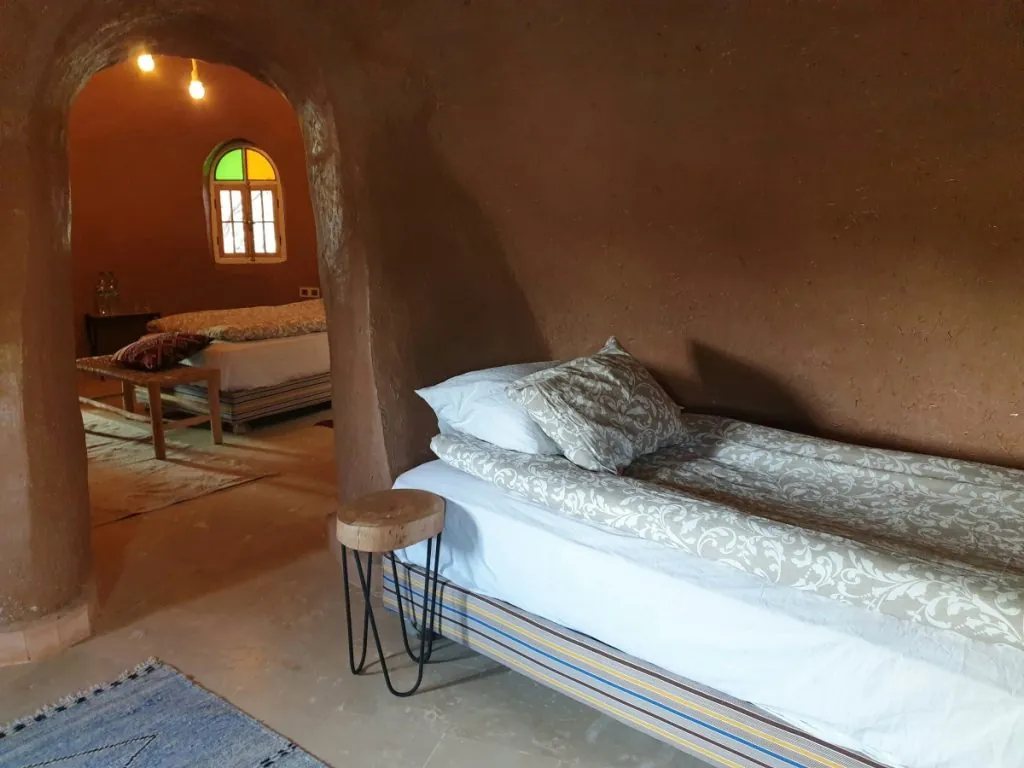
Day 1 we get to know the local area. Then lunch with a Berber family. Sitting on the floor around low tables, we are offered couscous and steaming hot vegetables. To round off, mint tea, cakes and fresh nuts. At dusk: a barbecue in the eco-village and a visit from two musicians who sing endearing Berber love songs while the stars are lit.
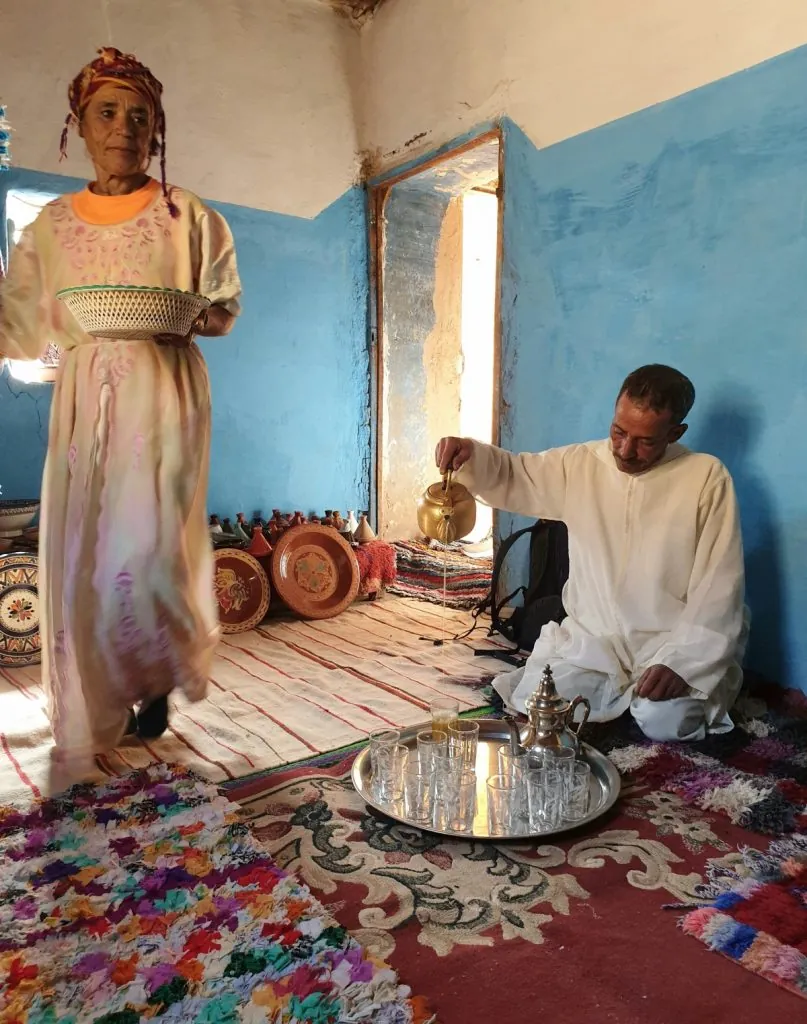
Day 2: Hiking along winding paths up into the mountains - first through olive groves and small farms but higher up in the terrain desert-like - until we finally reach a plateau with flowery meadows and sound of music-like opulence.

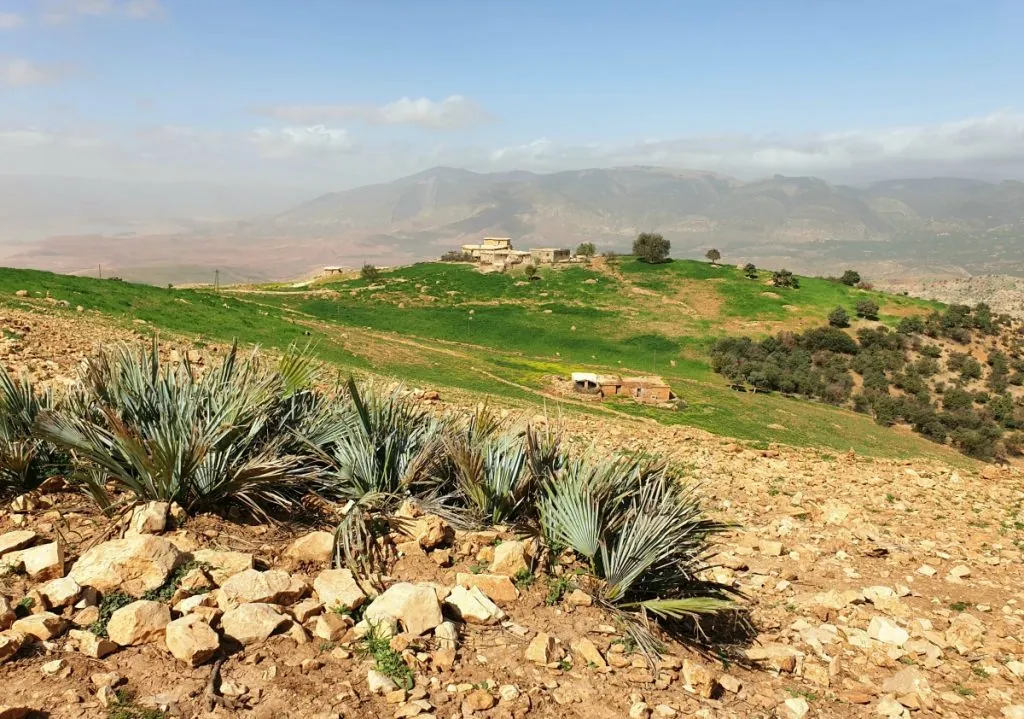
In a nearby village, with white stone houses and pets of all kinds, we are invited to join a family. Sitting on hand-woven red carpets, we are offered a traditional 'Taijne' dish.
Hiking back through gorges with huge caves and meeting a shepherd who herds his sheep for miles and tells us that the other day a wolf took a lamb. In the evening, we sit outside the restaurant - which is also a bar - and enjoy the tranquillity and tropical heat, even though April has barely begun. (Climate change is also noticeable here.)
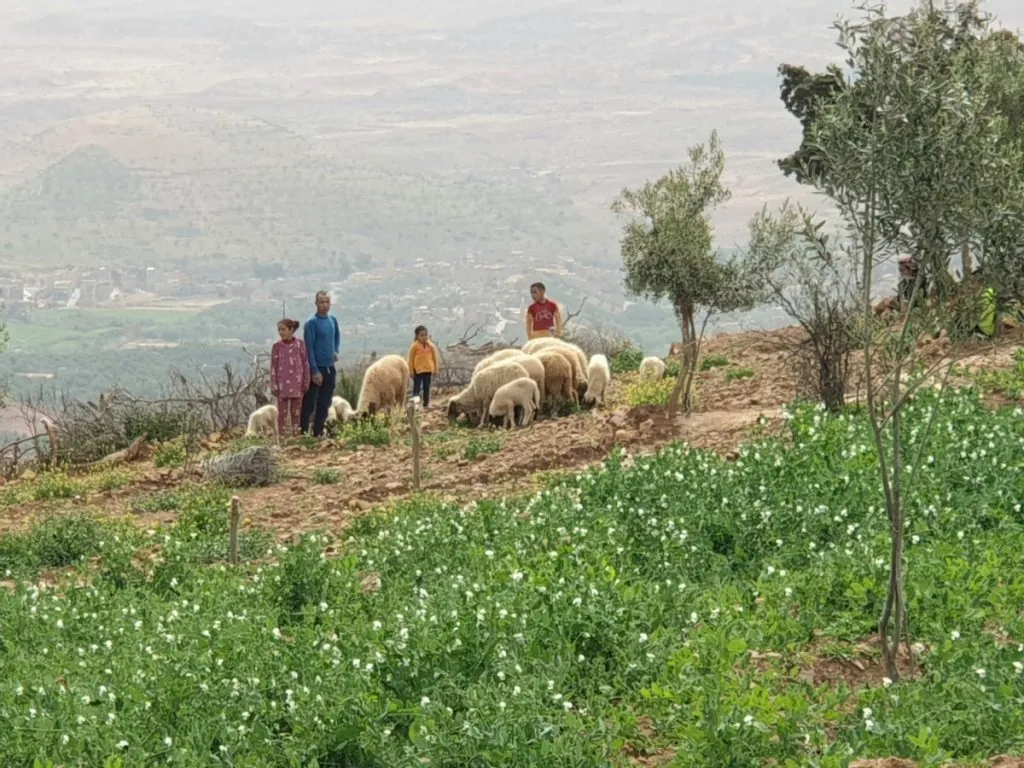
Day 3: After several hours of jeep travel on increasingly miserable roads, we park at an altitude of 1300 metres and continue, along narrow paths in dramatic scenery, to the 500-metre-high mountain peak of Katedral. All around, snow-capped 4,000-metre mountains glow in the blazing sunshine, although the air here is cooler. Some of the group continue on foot to the valley floor.
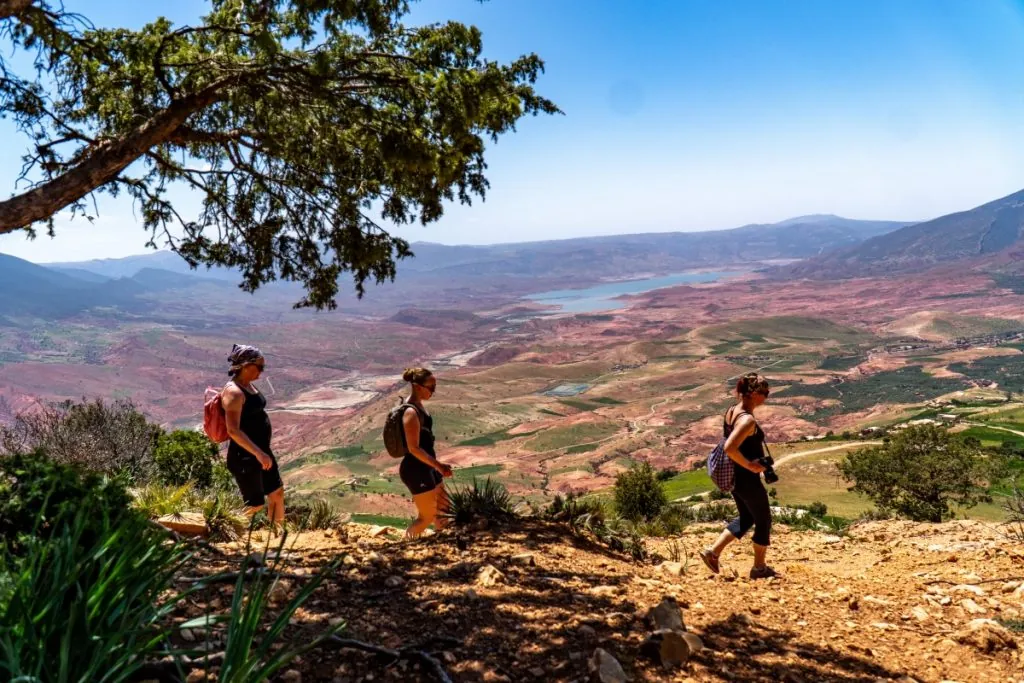
Deep in the forest, we see a woman chopping small trees and loading a donkey. Down by the river, many Berbers have gathered - camping and having picnics. This weekend they are celebrating the end of Ramadan (the long fasting period).
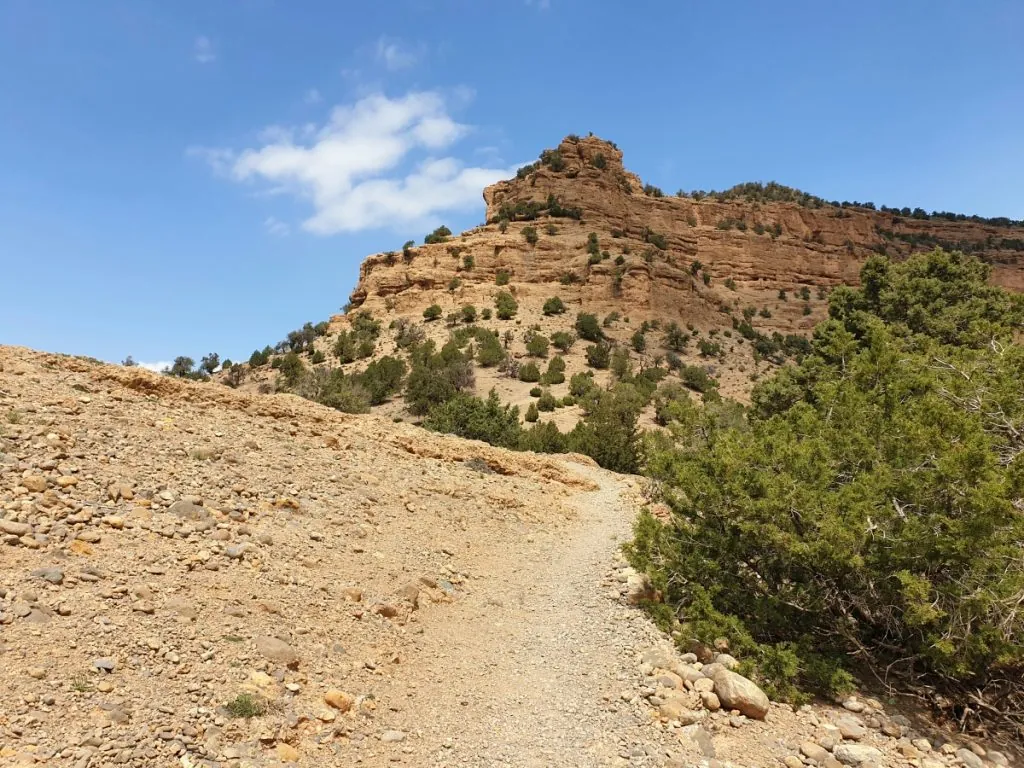
Day 4: The hosts gather us for a basic lesson in Berber - and then we are given the task of shopping for the evening's dinner at the market in the nearest town; a large market held every Wednesday. The otherwise quiet streets are filled with vendors of all kinds and people from the surrounding area come here to do their weekly shopping. Everything from food to crafts and animals, both live and freshly slaughtered, are sold here.
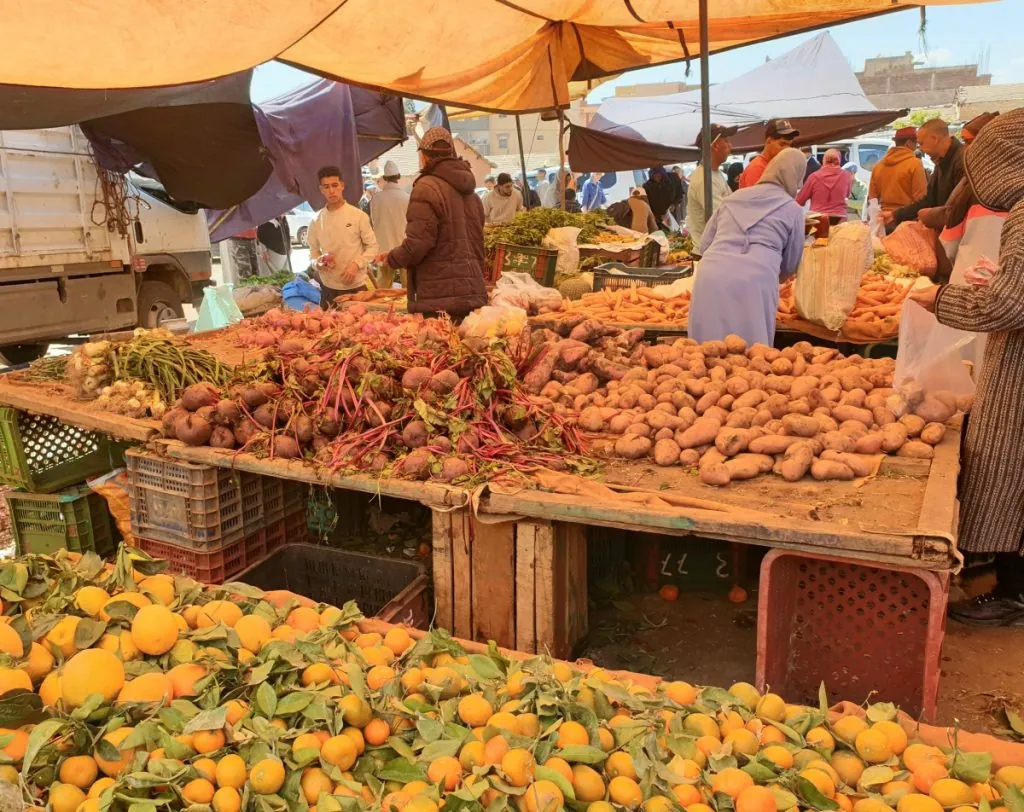
At the city limits, we pass a donkey car park - where many have left their donkeys under shady trees. Ancient market square - and everywhere sights I hardly thought were possible now in the 21st century ... To rest in the middle of this in a café (cappuccino: 7 crowns) and watch the colourful bustle: a meditative highlight ...
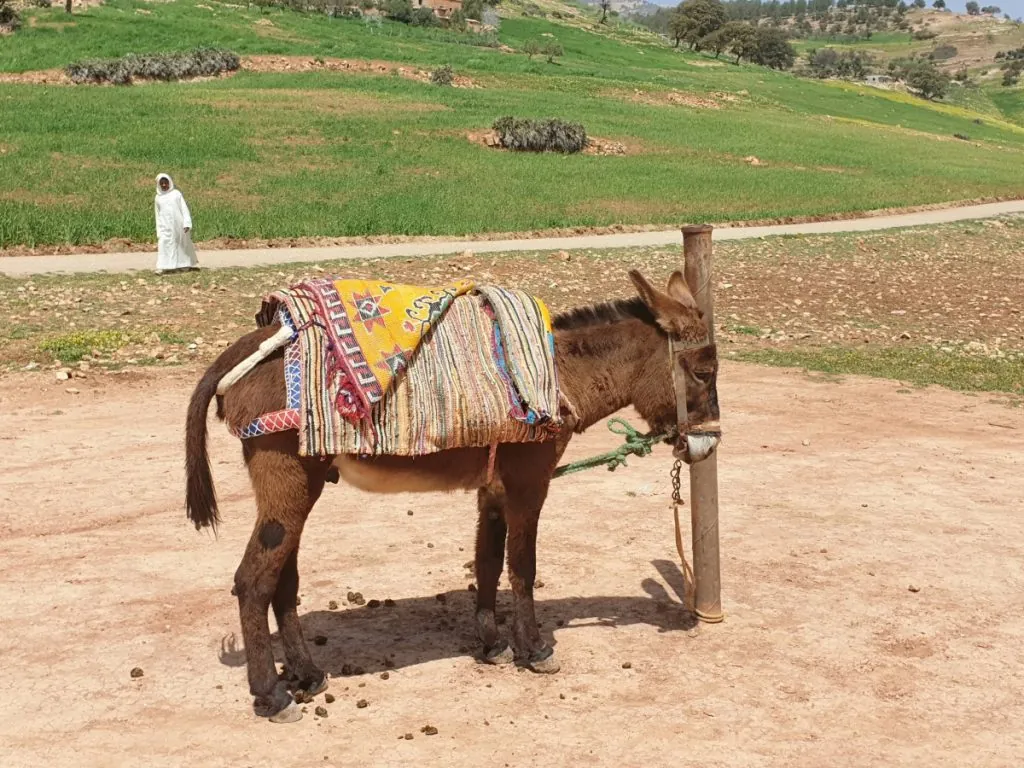
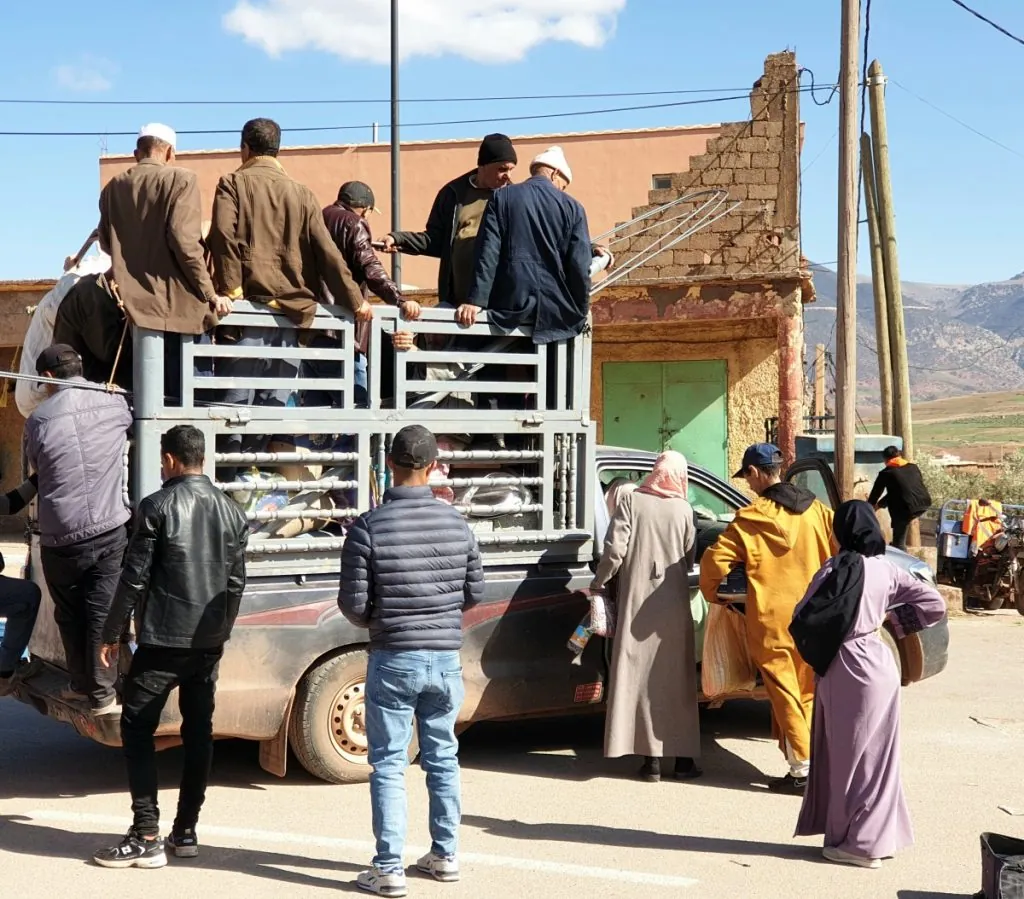
Day 5: Half the day is spent down by the stream, where Berber women, dressed in colourful costumes, build a fire and start preparing lunch (in clay pots placed on beds of embers) while the rest of us can choose between peeling potatoes, washing vegetables or simply lying on our backs under shady olive trees and enjoying this rare lunch outing.
In the afternoon I visit the neighbouring school, where children in the lower classes are taught together. The use of a stylus and chalkboards is reminiscent of Swedish rural schools from at least 60 years ago.
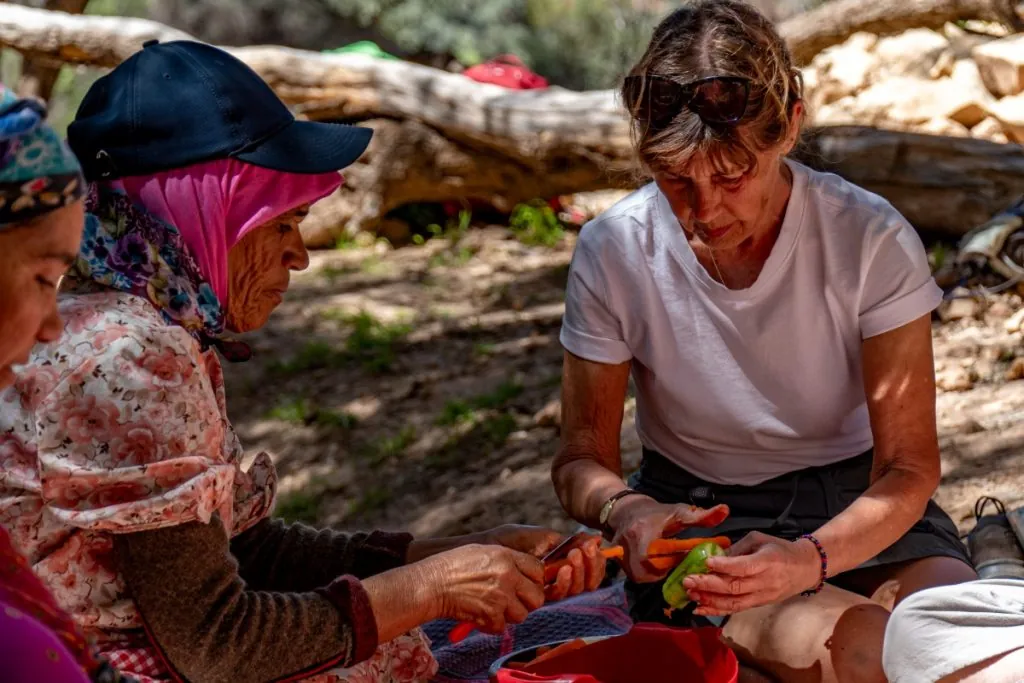
Day 6: By jeep along a winding dirt road up to an altitude of 1,300 metres, then hike to Mount Kashla (1,650 metres above sea level), where our guide builds a fire and prepares delicious mint tea after we have eaten our lunch. A pack donkey follows us all the way. Donkeys are indeed common in the area; they are even called "Berber mopeds"!
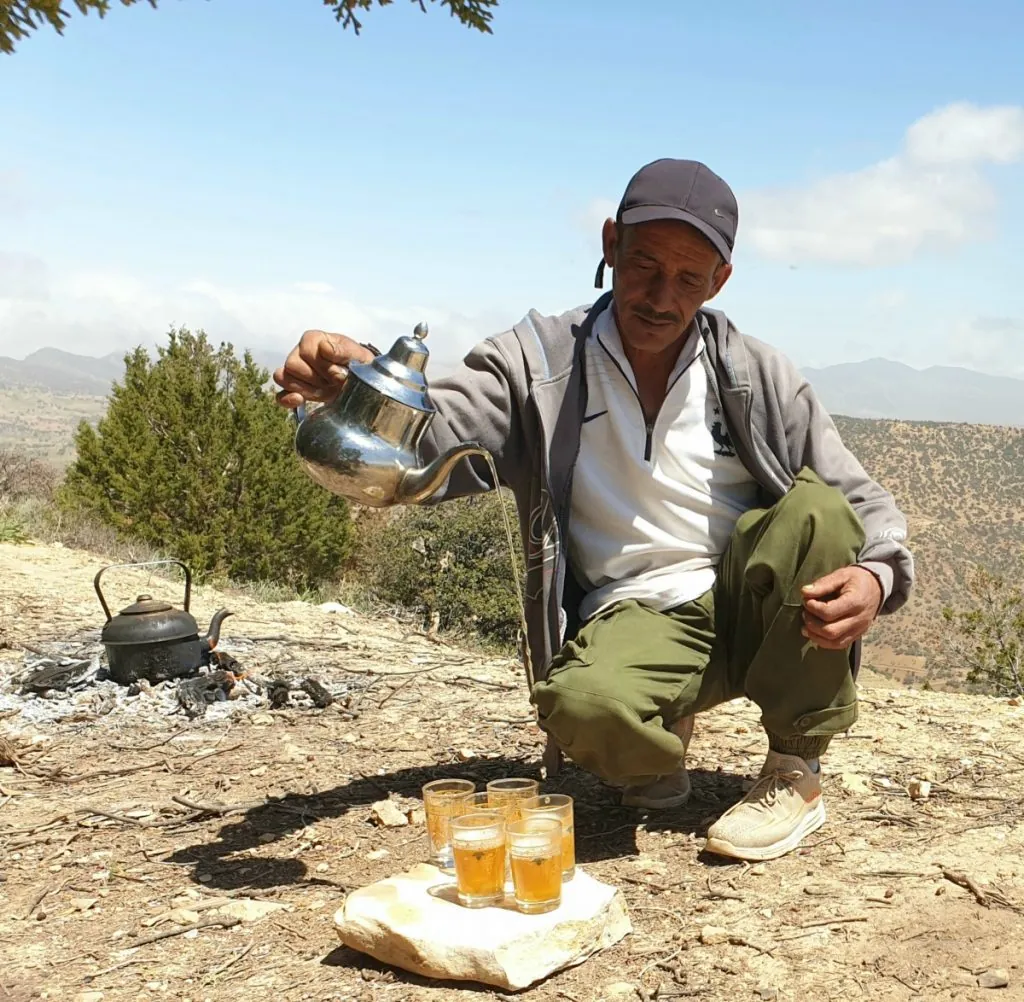
Passing the remains of a fort built by the French in colonial times. There was a large garrison here (we find rusty barbed wire between fallen building stones). Further east, in the Atlas Mountains, the French encountered stiff resistance from the Berbers and were forced to halt. The easternmost part of present-day Morocco was never part of the colony of French Morocco (it only became independent in 1956, and French is still often used here).
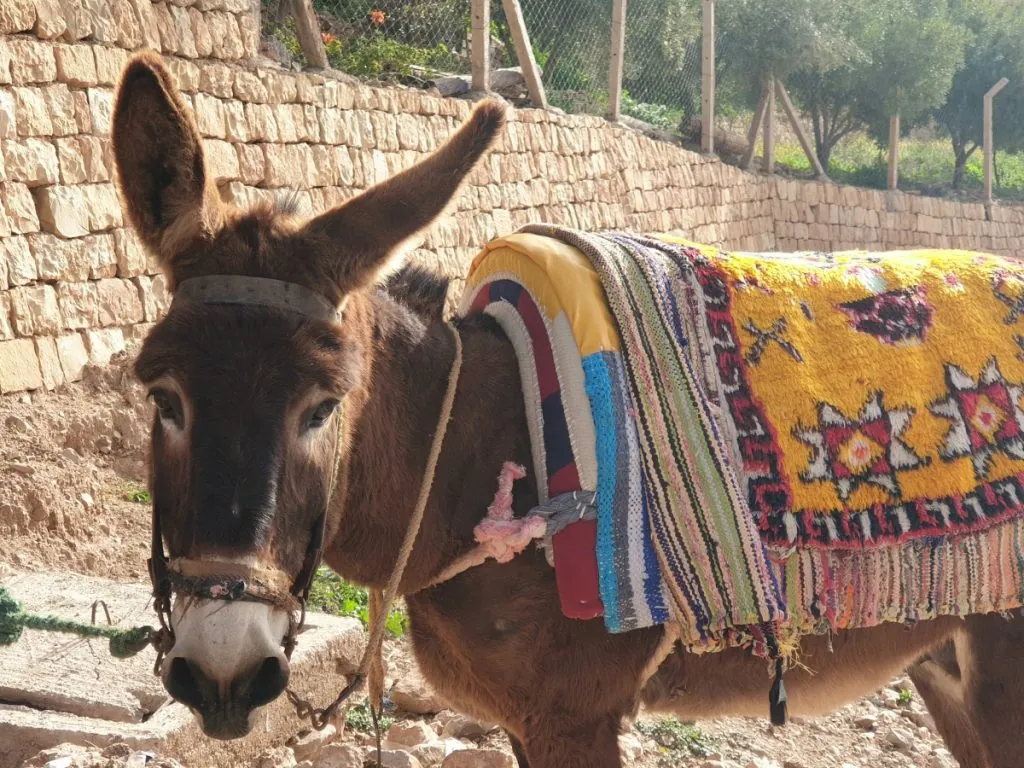
Day 7: Four hours return journey - and we're lucky enough to get some bonus hours in Marrakech.
Arriving at the airport, I can summarise a unique travel experience - and with a host couple who, with generosity, flexibility and responsiveness, introduced us to a piece of Morocco they have come to know thoroughly in recent years. Starting points: small-scale ecotourism ("small group, big experience") and great openness to individual wishes. The concept should be unique. The question is whether any other Swedish group tour operator can offer such exclusive simplicity as this week offers.
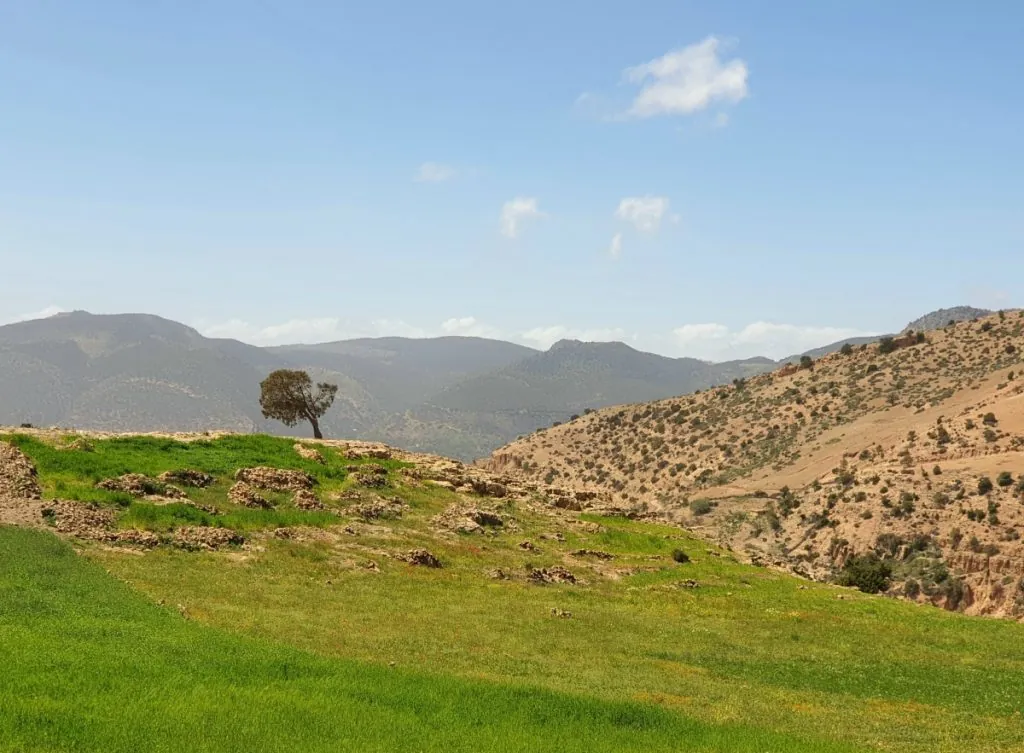
Footnote: Read more at www.atlas-together.com. Also: SVT Husdrömmar will broadcast a documentary about the Swedish couple's house building in June 2025. The first of three episodes will be broadcast on 5 June.


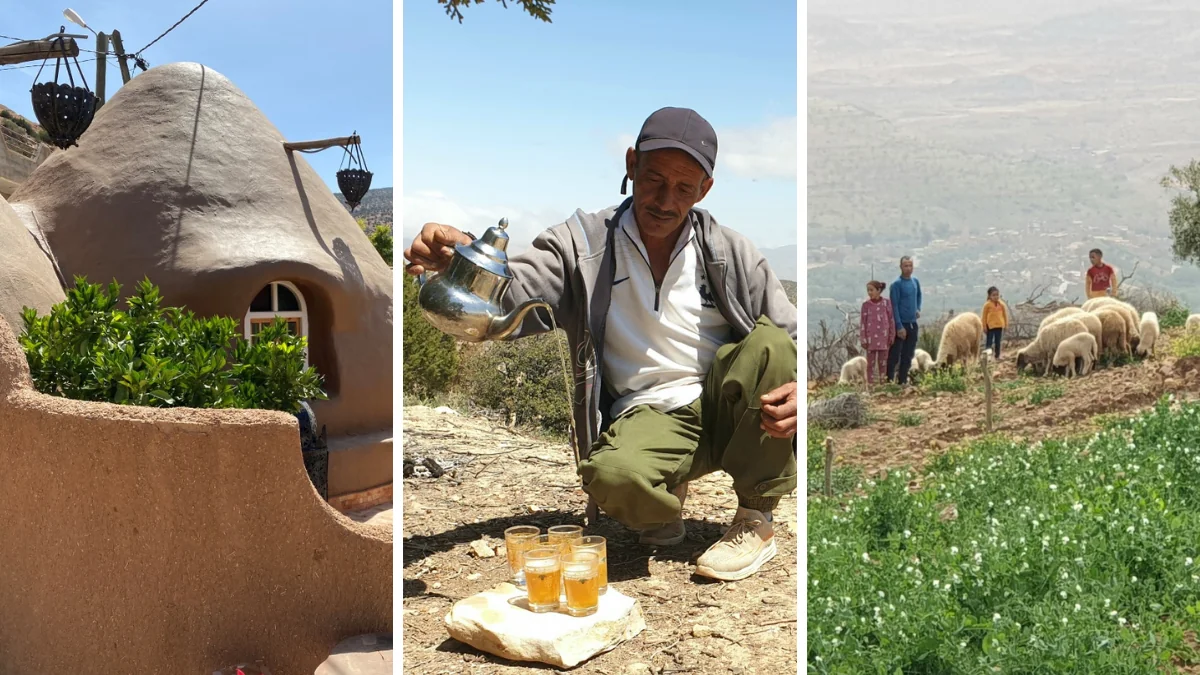






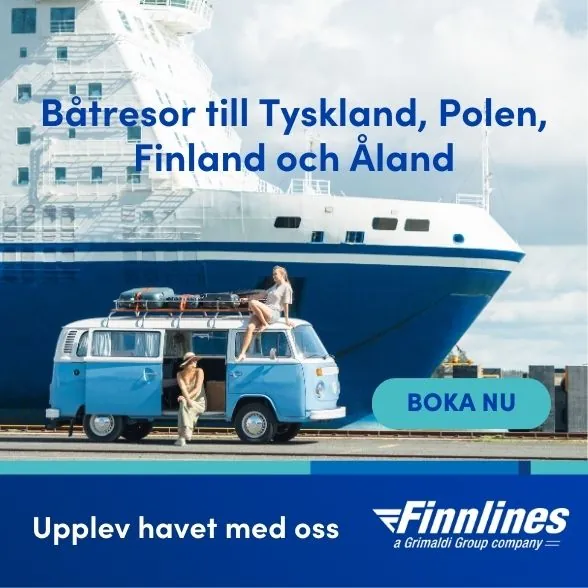
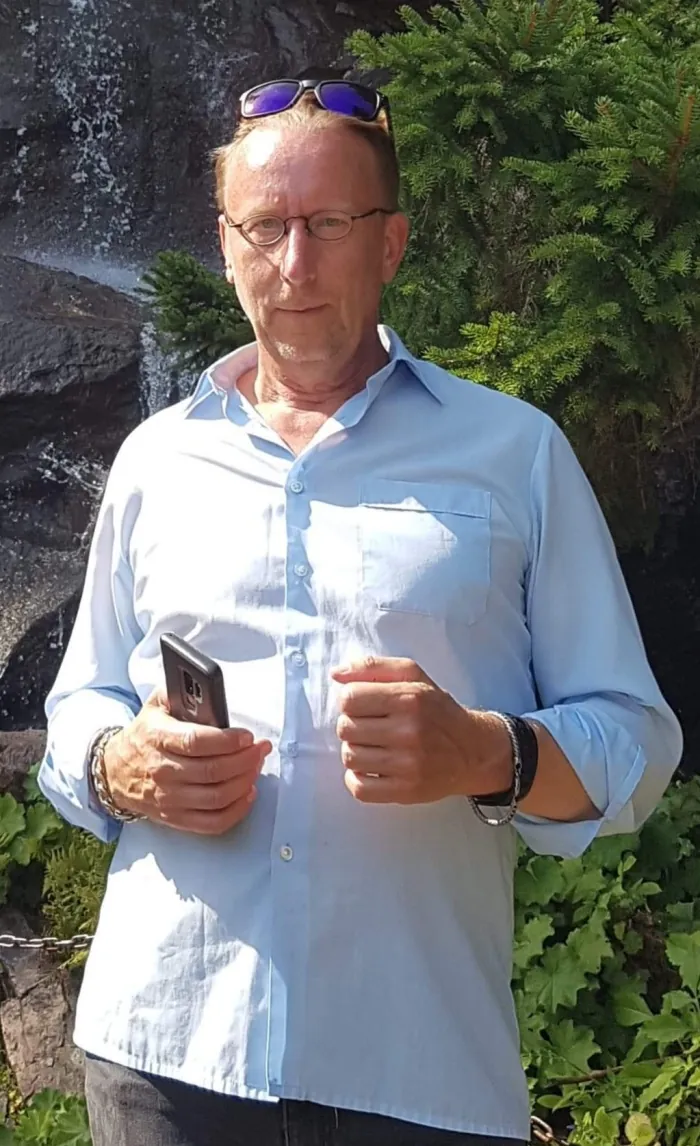
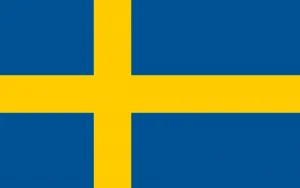
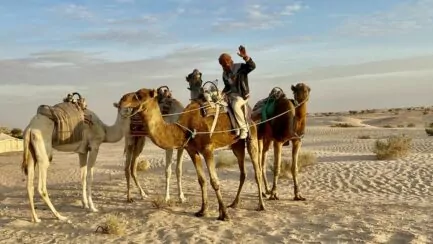
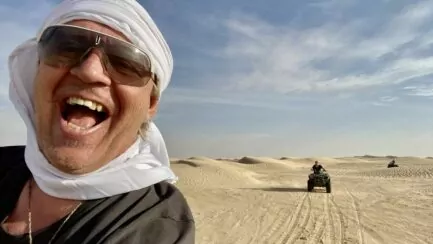
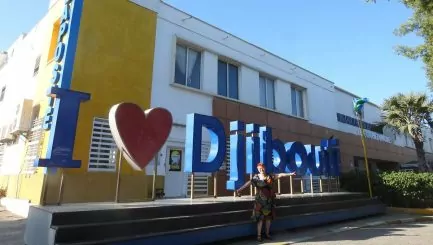
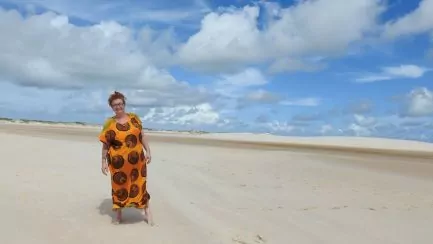
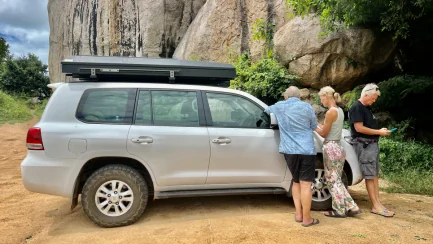
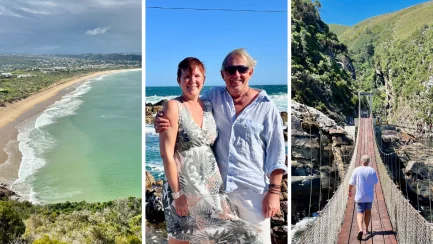
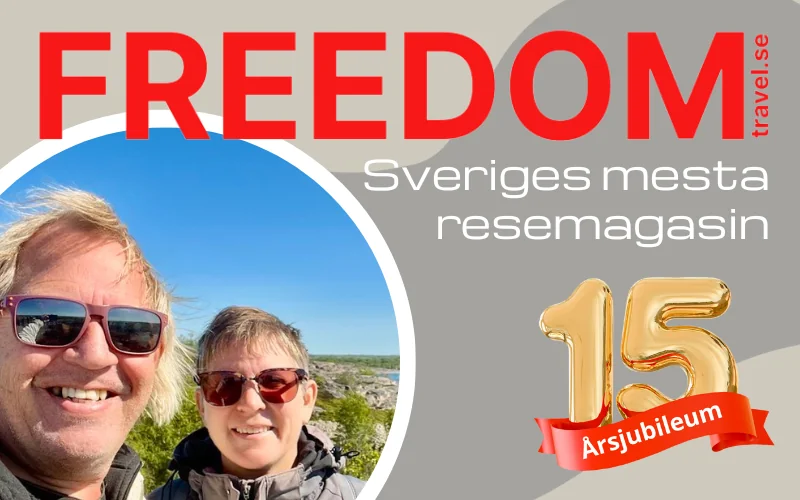


Hanna's crib says:
Wow, what an experience. Not only is it like coming to a completely different culture and country. It's like coming to a bygone era. As far from the life I live as I can get. Nice to be part of it.
04 June 2025 - 9:14
Anna Nilsson Spets says:
What a nice report, Morocco is a beautiful country, the part you describe is out of the box. Unfortunately, I find it hard to even imagine going there (again) after
The conflict continues, year after year, and the refugee camps are only getting bigger. The kings of Morocco have a lot of blood on their hands.
05 June 2025 - 6:11